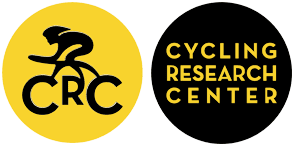The Correlation Between Pedaling Rate and Gross Efficiency of Road Bike Cycling
Keywords:
metabolic energy expenditure, cadence, work rateAbstract
Abstract: To investigate the relation between the gross efficiency (GE) and the pedaling cadence (rpm) under different intensities of cycling. Methods: Ten amateur male cyclists were recruited. Each participant completed five tests, which were the maximal incremental test, functional threshold power (FTP) test and three multi-cadence ride tests. The three multi-cadence ride tests were conducted under different intensities of personal 90% FTP, 100% FTP and 105% FTP. A repeated measures 2-way ANOVA was adopted to compare the effects of intensity and gear ratio on GE. Pearson’s correlation was conducted to investigate the relation between gross efficiency and cadence (rpm). Results: For the main effect of intensity, no statistically significant difference was shown. For the main effect of gear ratio, GE’s values among gear 1 to gear 4 or 5 didn’t show significant difference while the values in gear 6 or gear 7 mostly demonstrated significant difference to other gear ratio. By splitting the data according to cadence (e.g. 80, 85, 90 and 95 rpm), the original data of GE versus rpm would be divided into two groups. Through linear regression, the rpm data of 90 and lower showed no significant correlation with GE. Conversely, the rpm data higher than 90 were negatively correlated with GE. In the current study, we found that there is a turning point of rpm corresponding to a drop of exercise efficiency. And it seems not a certain cadence, but a range of cadence demonstrates an equivalent and personal optimal GE. Whether the cyclists should pedal at a rpm close to the turning point is valuable for further study.
Keywords: metabolic energy expenditure, cadence, work rate,
Downloads
Published
How to Cite
Issue
Section
Copyright (c) 2023 Journal of Science and Cycling

This work is licensed under a Creative Commons Attribution-NonCommercial-NoDerivatives 4.0 International License.
Authors contributing to Journal of Science and Cycling agree to publish their articles under a Creative Commons CC BY-NC-ND license, allowing third parties to copy and redistribute the material in any medium or format, and to remix, transform, and build upon the material, for any purpose, even commercially, under the condition that appropriate credit is given, that a link to the license is provided, and that you indicate if changes were made. You may do so in any reasonable manner, but not in any way that suggests the licensor endorses you or your use.
Authors retain copyright of their work, with first publication rights granted to Cycling Research Center.






